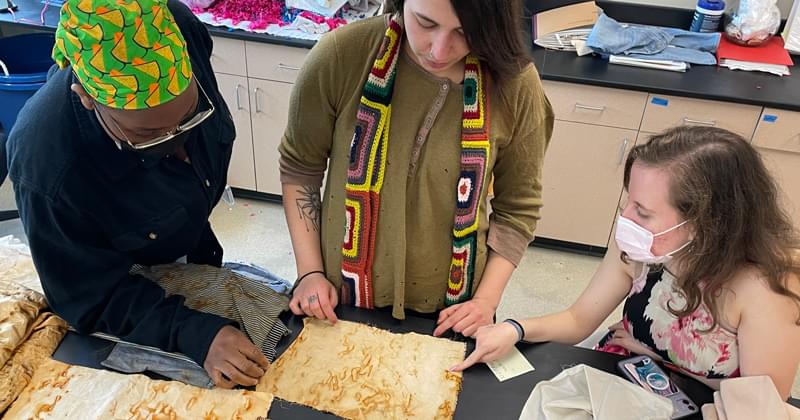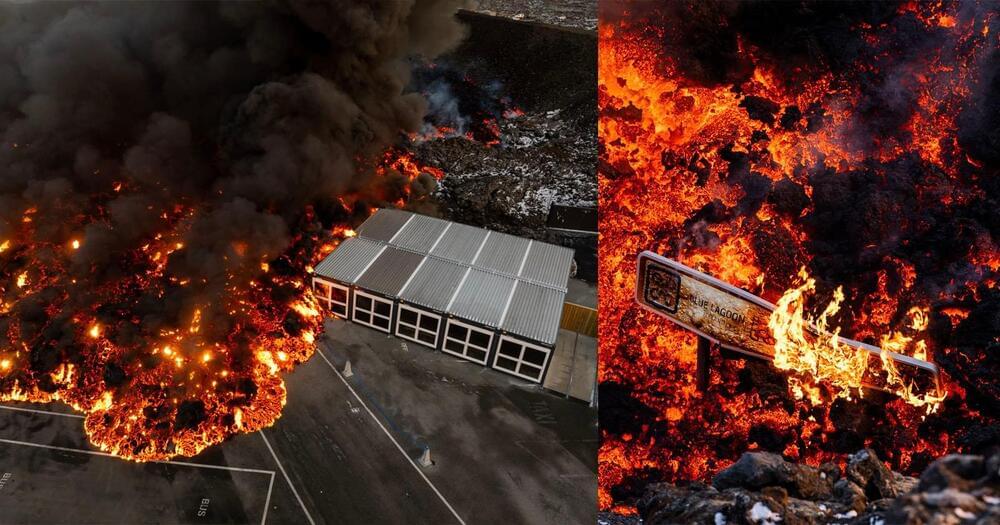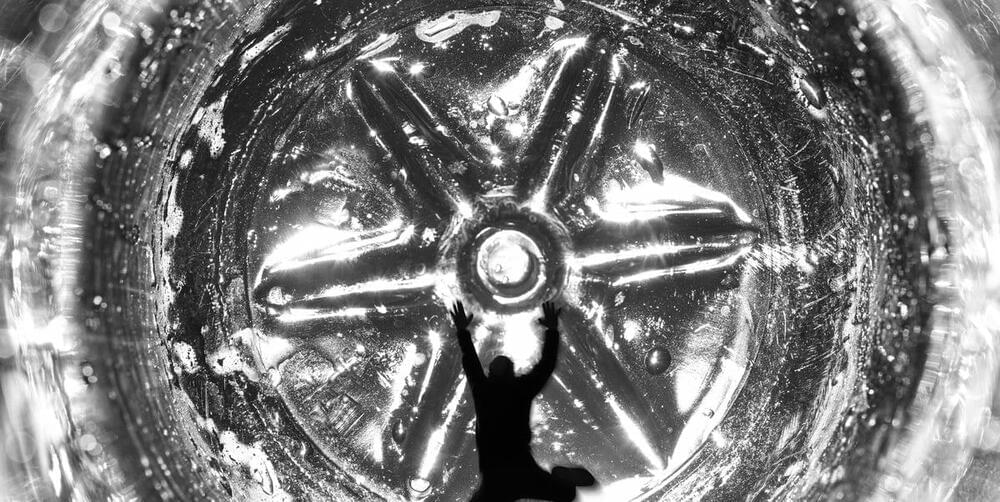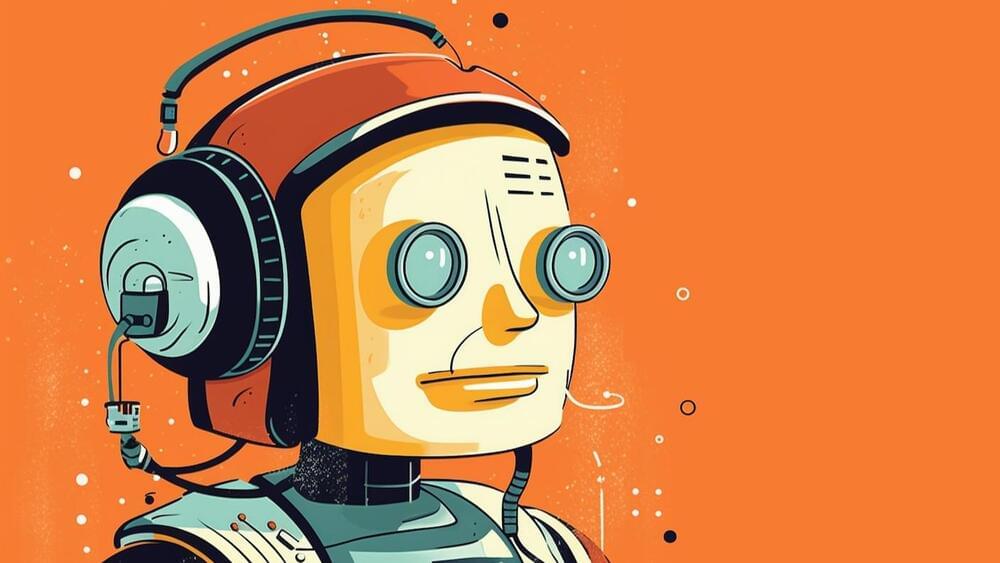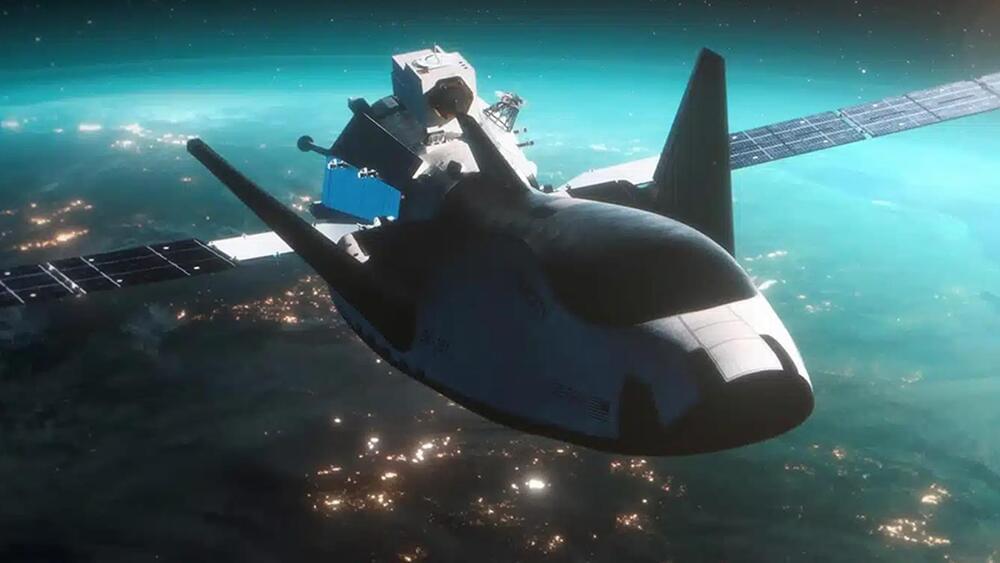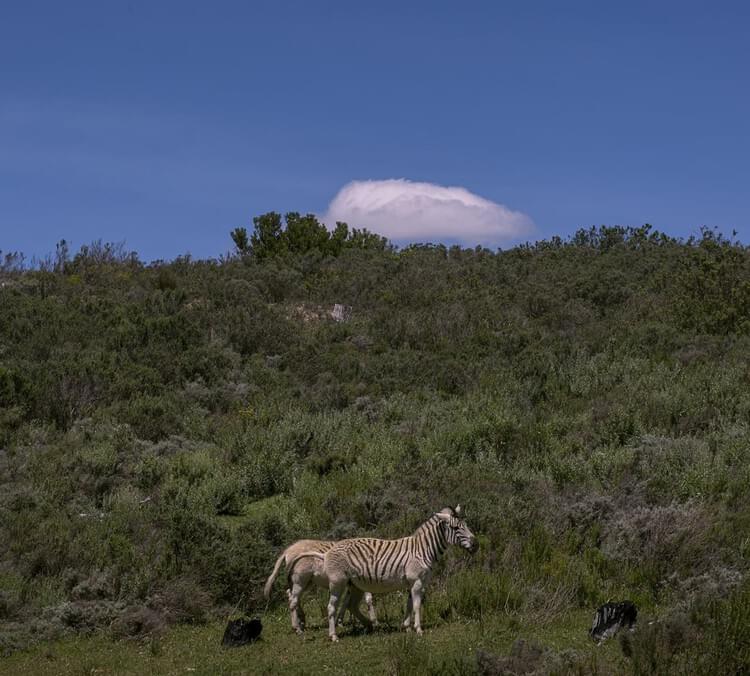For every yellow star like our own there are ten times as many smaller stars. Red Dwarfs are the most common type of star, outnumbering all the others combined, and as we head out into interstellar space to colonize the galaxy, the exoplanets around these red alien suns may be the most common home for settlers.
Get a free month of Curiosity Stream: https://curiositystream.com/isaacarthur.
Join this channel to get access to perks:
/ @isaacarthursfia.
Visit our Website: http://www.isaacarthur.net.
Join Nebula: https://go.nebula.tv/isaacarthur.
Support us on Patreon: / isaacarthur.
Support us on Subscribestar: https://www.subscribestar.com/isaac-a…
Facebook Group: / 1583992725237264
Reddit: / isaacarthur.
Twitter: / isaac_a_arthur on Twitter and RT our future content.
SFIA Discord Server: / discord.
Credits:
Colonizing Red Dwarfs.
Science \& Futurism with Isaac Arthur.
Episode 275, January 27, 2021
Written, Produced \& Narrated by Isaac Arthur.
Editors:
Darius Said.
Jason Burbank.
Jerry Guern / @jerrysstories711
Keith Blockus.
S. Kopperud.
Cover Art:
Jakub Grygier https://www.artstation.com/jakub_grygier.
Graphics:
